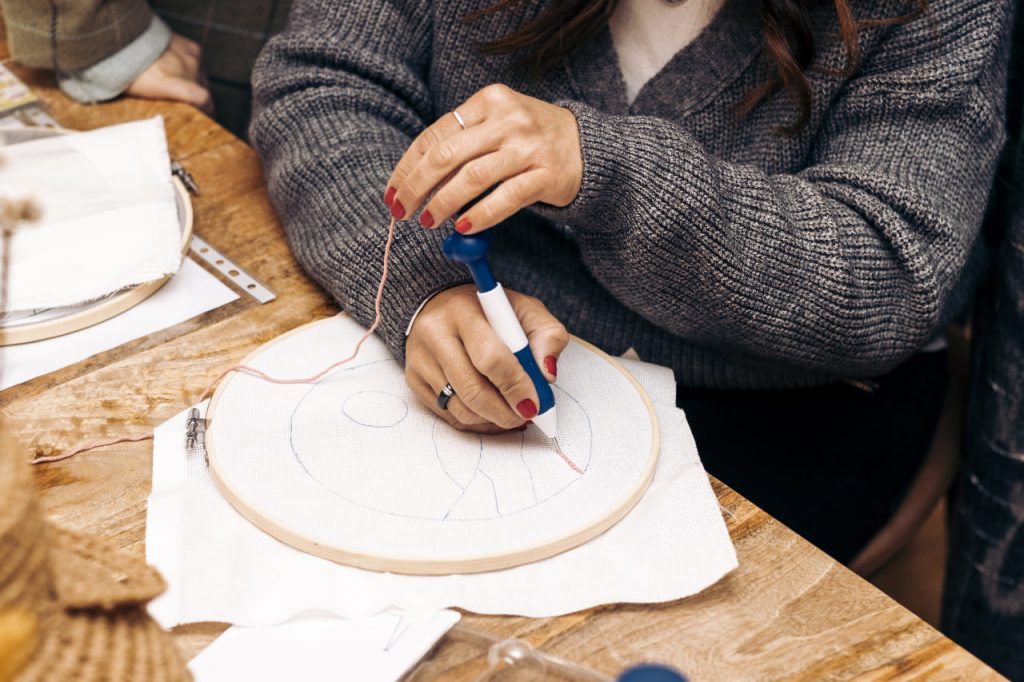Introduction
Embroidered portraits have long captivated artists and admirers alike, combining the warmth of textile art with the intricate skill of portraiture. Today, this traditional craft is experiencing a remarkable revival, merging classical techniques with modern artistic visions. But what makes embroidered portraits so unique and why are they gaining popularity in contemporary art spaces?
The Historical Roots
The history of embroidered portraits stretches back centuries. In many cultures, embroidery was used not only to decorate garments and household items but also to capture the likenesses of loved ones, rulers, and important figures. Hand-stitched portraits symbolized respect, love, and sometimes even political power. Materials like silk threads, gold accents, and delicate fabrics made each work a treasured heirloom.
Modern Interpretations
Today’s embroidered portraits blend historical craftsmanship with new inspirations. Artists are pushing the boundaries by experimenting with vibrant colors, abstract forms, and mixed media. Some portraits are hyper-realistic, mimicking the fine detail of a photograph, while others lean into impressionistic or even surreal styles. This creative freedom allows each piece to carry a unique emotional resonance, telling personal or imagined stories through every stitch.
Why Learn Embroidered Portraiture?
Learning to create embroidered portraits offers more than just artistic satisfaction. It builds patience, improves fine motor skills, and nurtures a deeper connection between creator and subject. Whether you’re looking to preserve a memory, explore a new creative outlet, or even develop a professional portfolio, embroidery provides a meaningful and meditative experience.
Conclusion
The art of embroidered portraits is a bridge between the past and the present, offering limitless opportunities for creative expression. Whether honoring tradition or breaking new ground, every embroidered face carries with it a story stitched into fabric — a story waiting to be shared.

